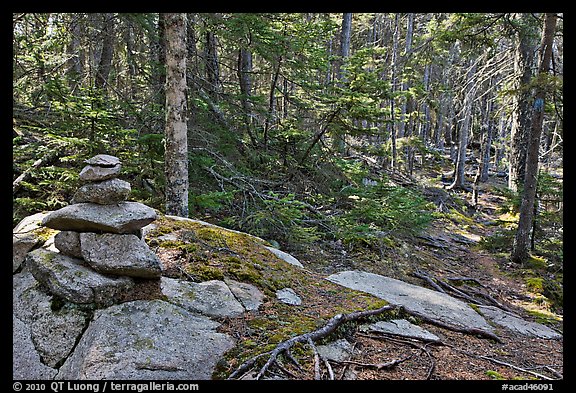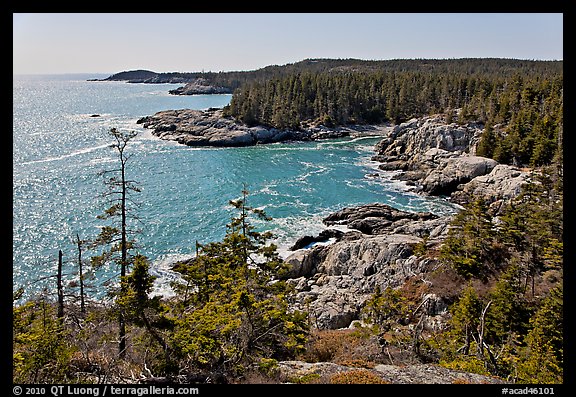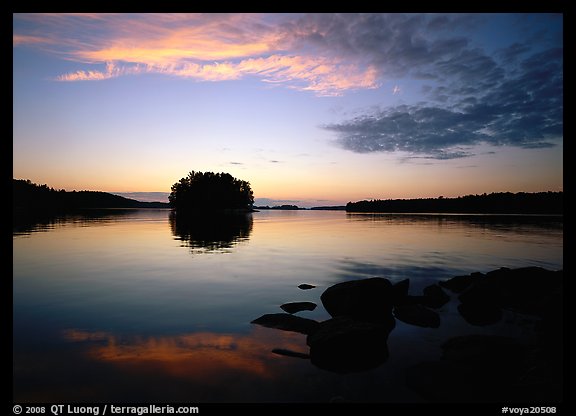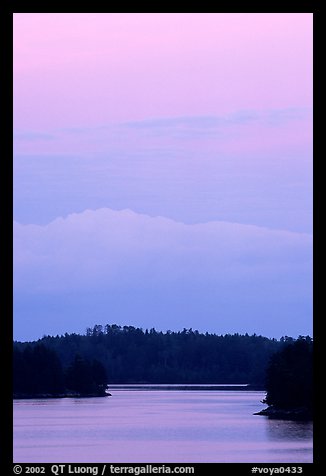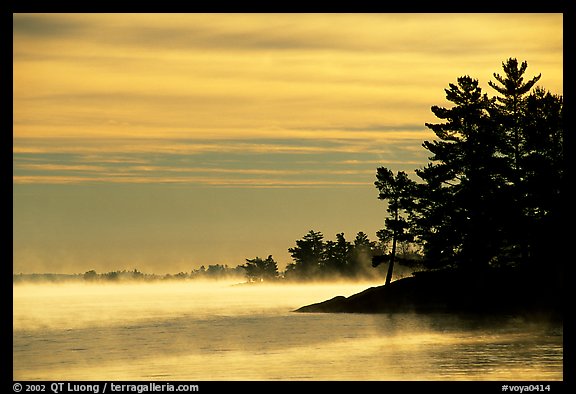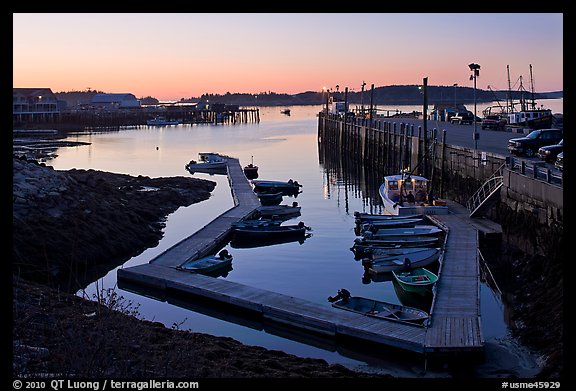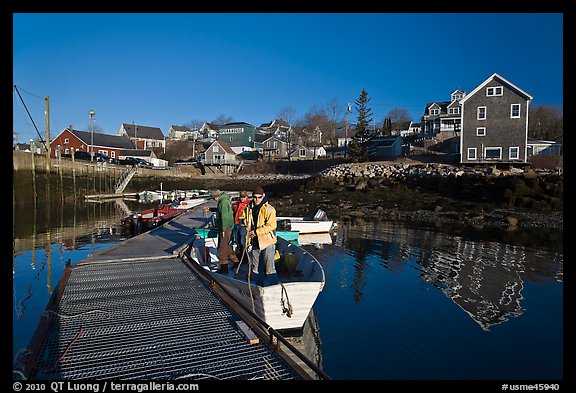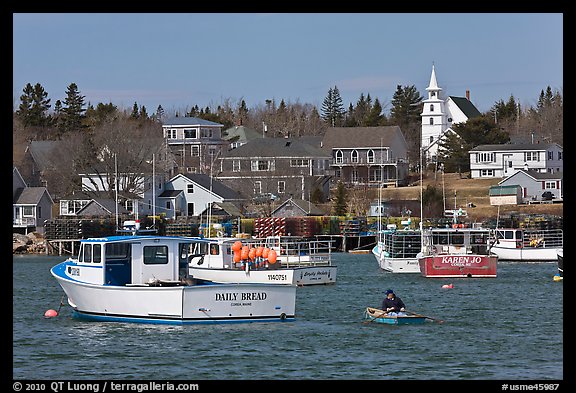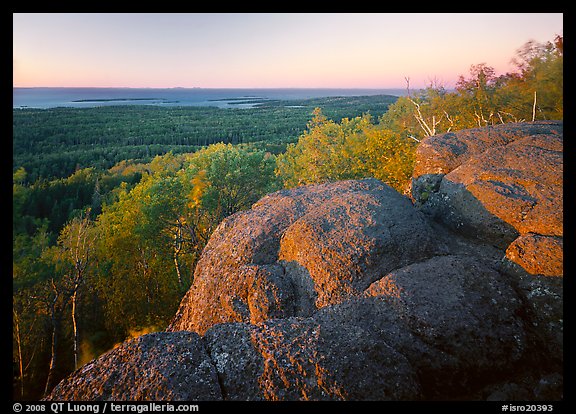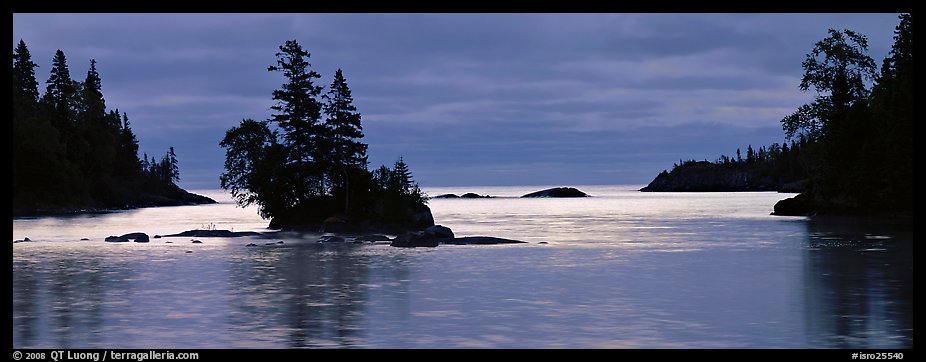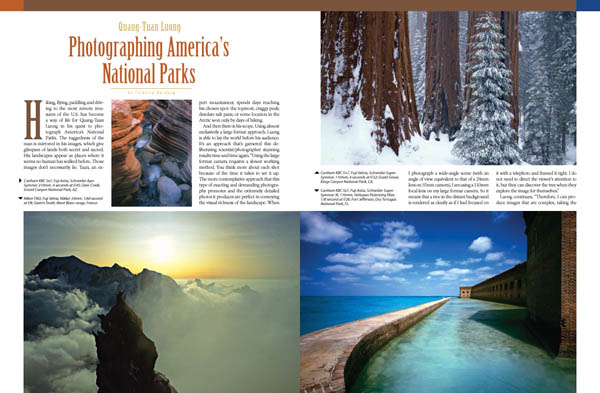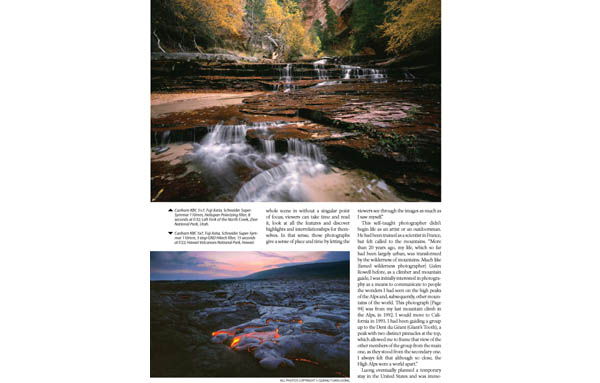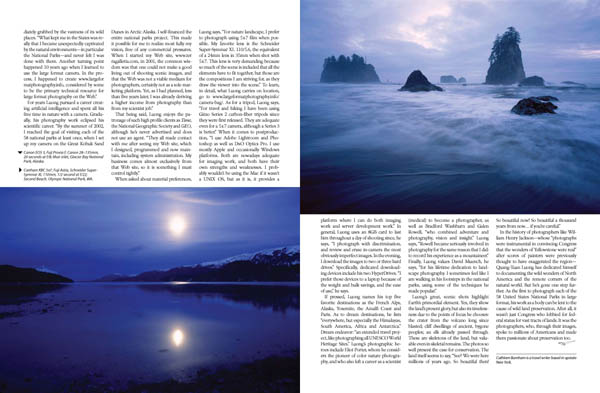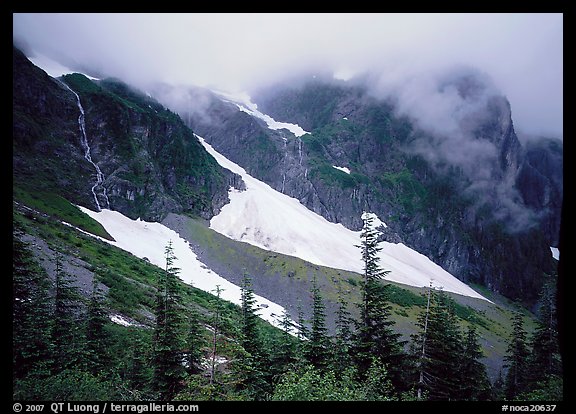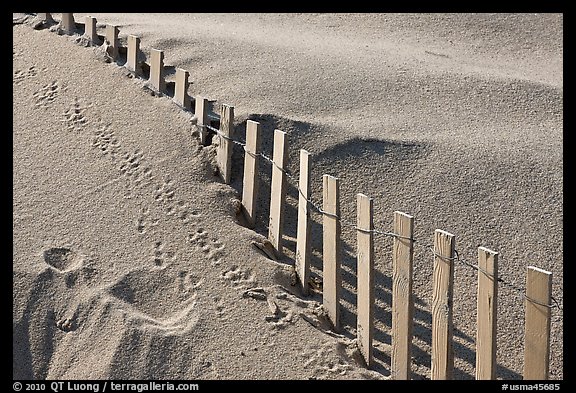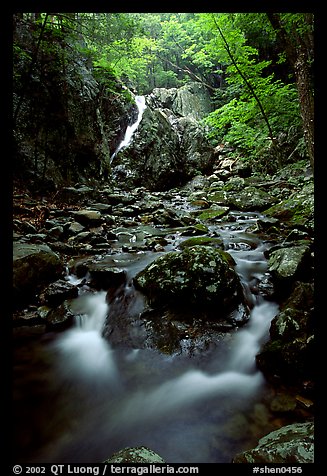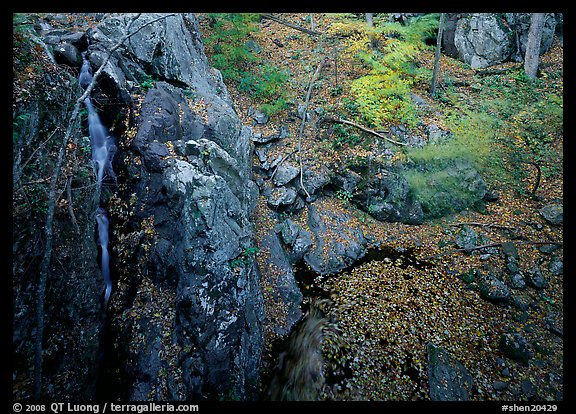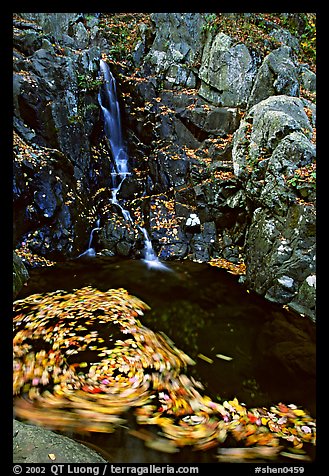New images and trip report: Acadia National Park – Isle au Haut
I’ve posted new images of the Isle au Haut section of Acadia National Park.
How can you photograph a truly remote place with a feeling of wilderness, in Acadia National Park, one of the 10 most visited National Parks ? Visit Isle au Haut ! During my entire visit to Isle au Haut, I did not see any single other person in the Park, while hiking more than 15 miles of trails and roads.
Isle au Haut can be reached by a 45 min mail boat crossing from Stonington. There is a general store in the village, however it opens only for a couple of hours each week (on just two days I’ve been told) so you’d better bring everything you need. Like I mentioned in a previous blog entry, my first evening in Stonington, I found myself without dinner, so I was not ready to visit Isle au Haut the next day. I drove instead to theSchoodic Peninsula, and returned the following evening, stocked with provisions for the next day.
Although some of the island residents own vehicles, they do not make them available to visitors, so once you land on the island, you need to move either on foot or bicycle. A mountain bike could be useful for getting around (a dirt road circles the island) but it would need to be brought from the mainland.
In March, the boat leaves at 7am, arriving at Isle au Haut at 7.45am. In the afternoon, it departs from the Island at 4.30pm (for the complete schedule, see http://www.isleauhaut.com/). At that time of the year, the only landing is on the privately owned northern part of the Island. The National Park occupies most of the southern park of the island. Using the NPS Isle au Haut Trail Map (PDF), I figured out that from the landing to the southern tip of the island, I’d have to hike about 6 miles, not counting the transverse distance of about two miles. I would need to be quite fast to visit the park and not miss the boat, especially since there was a warning that it has no waiting period at Isle au Haut after unloading passengers and freight.
Calculating that I wouldn’t have much time to use it, I stashed my tripod and hurried to the Bowditch trail. I was hoping for good views from Bowditch Mountain, as mentioned in a guidebook, however after the steep hike, I was disappointed to find the top overgrown, with no views. I then followed the Median Ridge Trail, no more than a narrow path, sometimes quite faint, always forested. The softness of the ground, smells of the forest emerging from winter, and solitude, made for a pleasant walk, but I had to pay extra attention, since if I sprained an ankle, chances of being helped quickly were slim. After crossing the road, I reached Barred Harbor, where I took a pause, before continuing on the Goat Trail, aptly named, as it scrambled over bare rock outcrops with spectacular views over the nearby coast. I thought this section was the most scenic on the island, thanks to the shoreline inlets, coves, and higher viewpoints afforded by the trail, but the mid-day light was not ideal.
I was probably one of the first visitors of the year. No maintenance had taken place, so the trail was often obstructed by trees that had been knocked down by winter storms, slowing the progression by forcing me to crawl, climb, or bushwalk. Since at this point I was running out of time, I returned through the Western Head Road, instead of the Western Head Trail (that goes to the tip of the Island) or the Duck Harbor Mountain Trail (that may have good views from the top). It was a relief to walk on easy terrain, where I didn’t have to pay attention at each step.
I read the previous day on the internet that it is possible to stay in the lighthouse keeper’s house, which I am sure is a delightful place (no electricity, oil lanterns and candles provide light at night) but for photography the village is too far from the most scenic areas, so I alternated running and walking in order not to miss the boat. I eventually arrived back at the landing with about half an hour to spare.
Upon returning to Stonington, I found a nice harbor scene at the ferry dock and immersed myself in photography. The ferry staff didn’t notice I was still there, and locked the gate with my car parked inside. Resigned to spending a third night in Stonington, I began to wander in the village for sunset shots, when I suddenly saw the boat captain driving down the street.
I was able to leave Stonington this evening, but at one point, I’d like to return to Isle au Haut for an overnight stay, to witness the best light on the spectacular south-east cost. A NPS campground is located at Duck Harbor, about 2 miles from the south-east coast, available through strict reservation procedures. During the summer, the mail boat stops there, removing the need to backpack with camping gear. There is a quota of 50 visitors allowed on the island per day. Besides protecting this fragile environment, the quota helps preserve some of the feeling of wilderness and isolation that I experienced, which makes a visit to Isle Au Haut so special.
